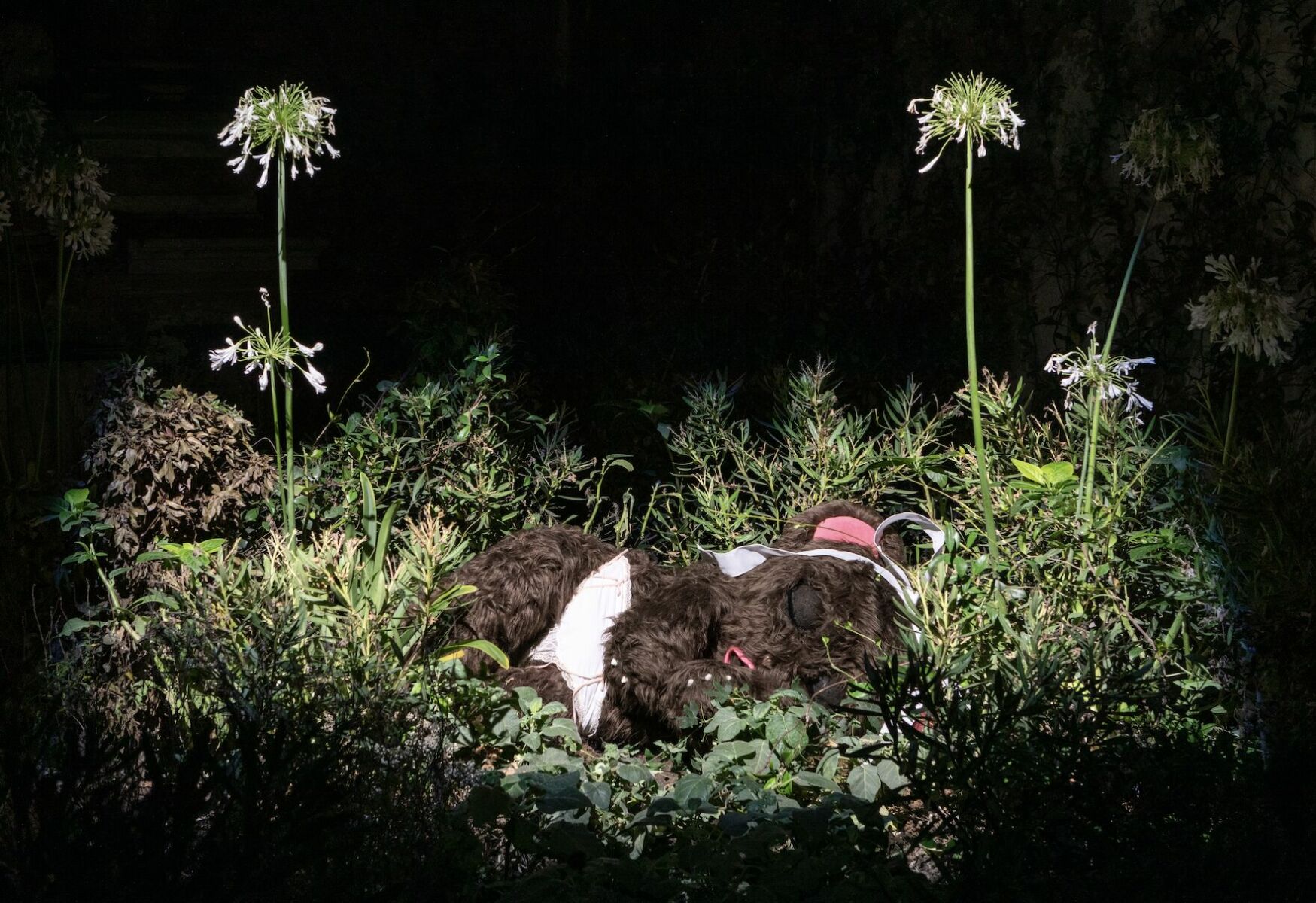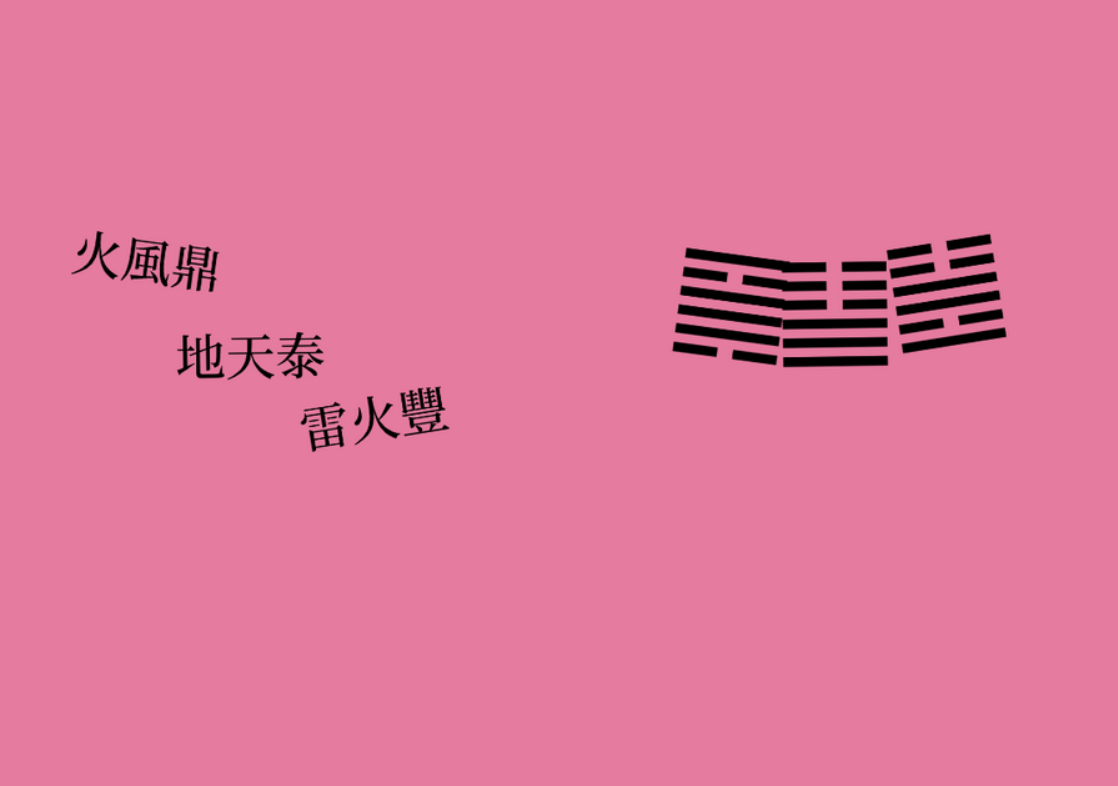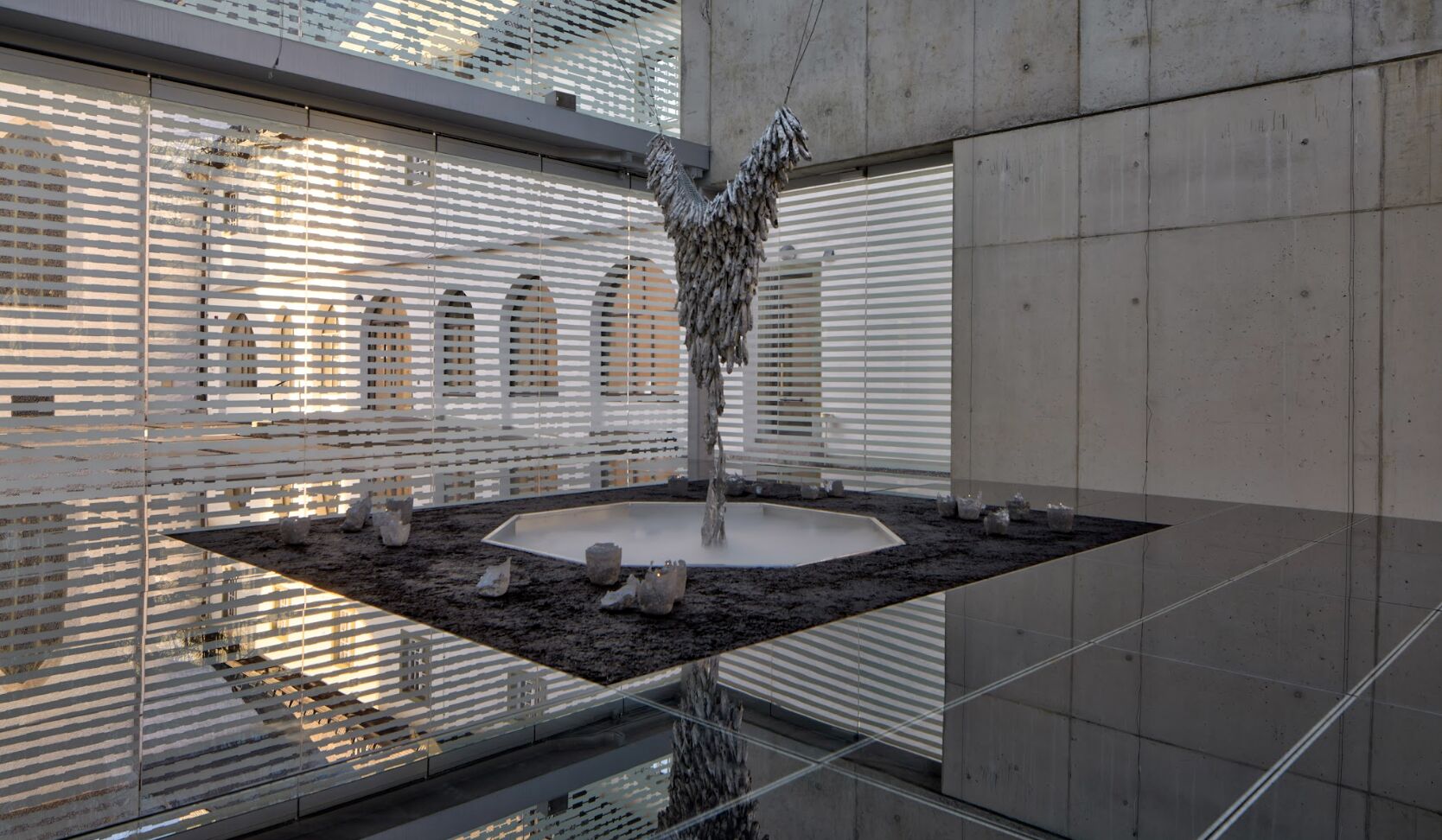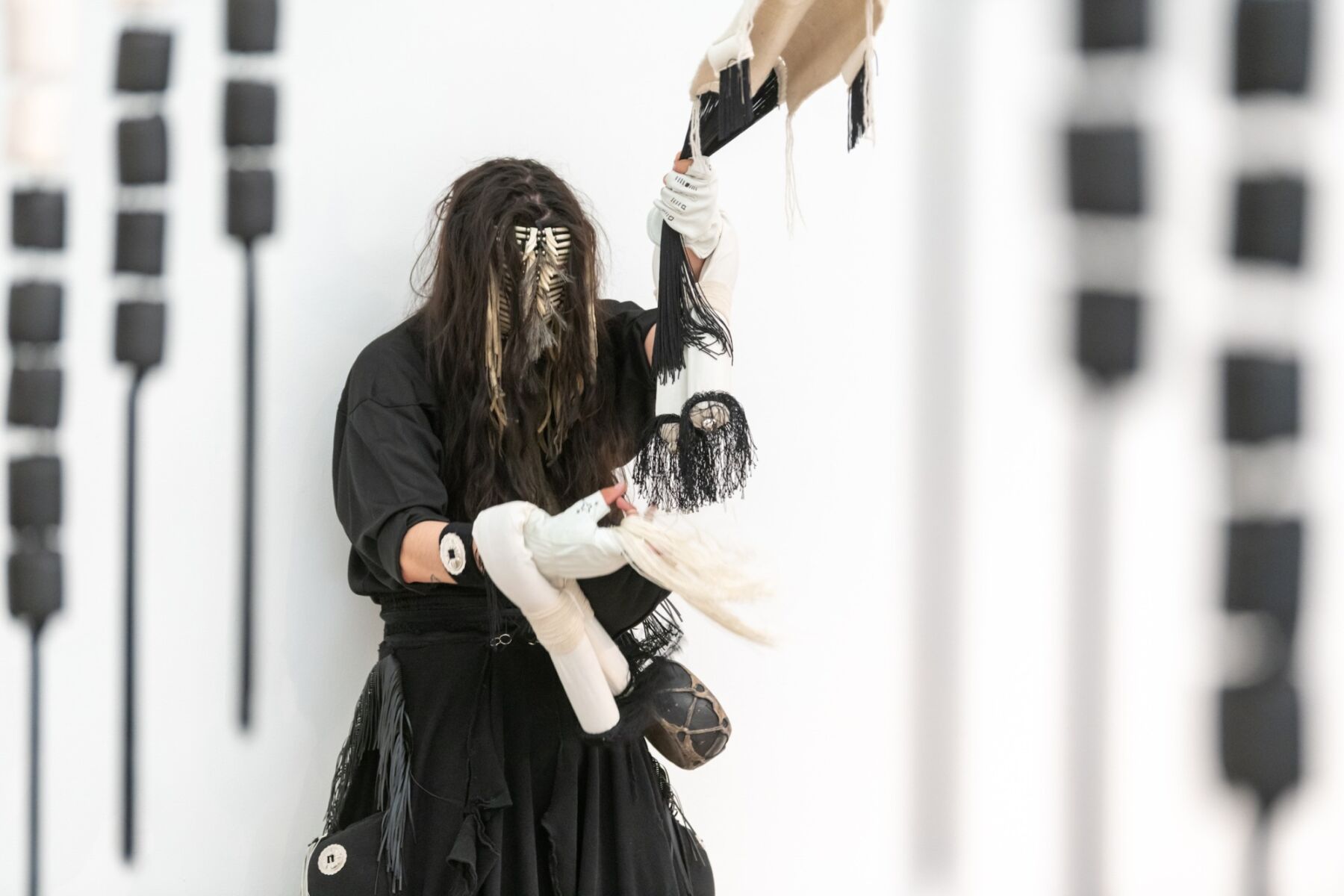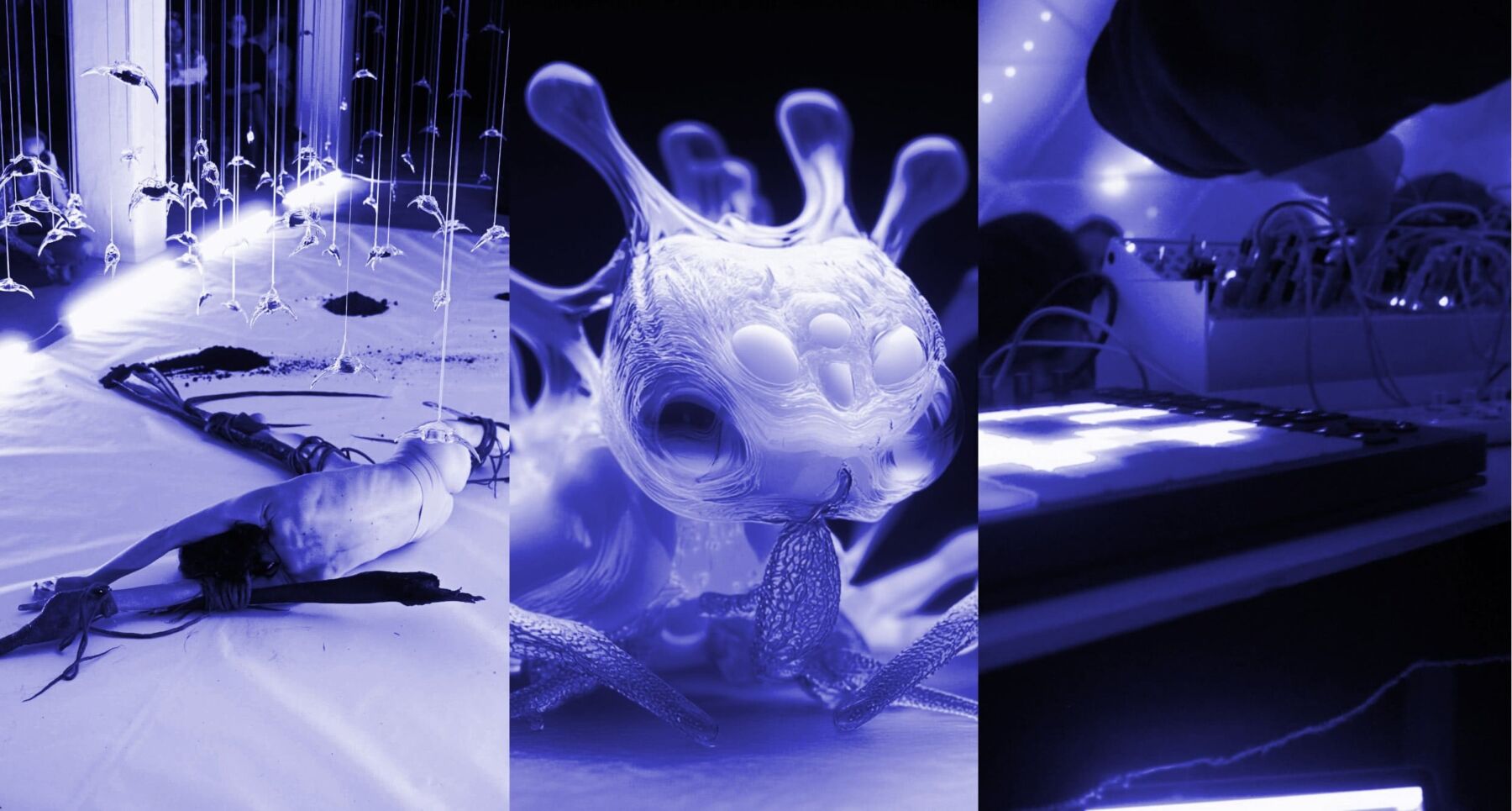Interview by Neshy Denton
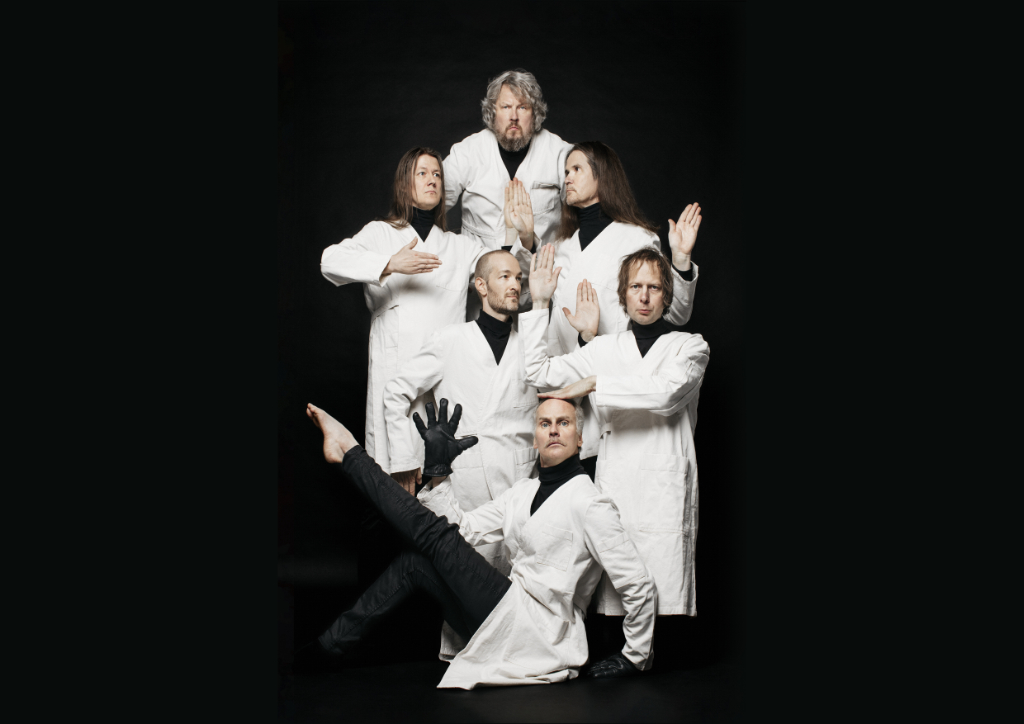
There’s a moment where repetition becomes barely perceptible. It sort of stops being a pattern and reforms into the arms of a ritual. No longer craving your teasing attention, the notion of time bleeds into stretched insignificance. The band Circle inhabits that slight shift, where structure slowly unravels and instinct begins to thrive. Almost like absurdity befriending the likes of precision. In any case, within this bizarre encounter, as a band, they find a way to stay true to their primal performance and make sense of the rarity of their captivating expression. The Finnish group has long had a distinction between Krautrock hypnosis, metal’s addictive distortion, and something far more elusive: trance in show and theatre, with a distinct sound. You can tell, throughout their journey, they’ve pushed beyond the envelope in search of who they are, morphing above and beyond the perimeters of stranger and more expansive musical territories. Sometimes it got absurd. Mostly profound. But always with that looping intention.
It’s hard to know where to begin in their discography. They recommend starting chronologically, but then intuition will guide you through the realms of their music. Each album has a different personality and a unique presence of its own. And this is not accomplished in the absence of persistent members of the band; rather, it is a search for new purposes in the accumulation of discussions and volatile musical influences. The band was formed by bassist and vocalist Jussi Lehtisalo, who remains the sole continuous member to this day. They greeted the underground with the album Meronia back in ‘94, by steeping in psychedelic churn and tight repetition. A raw introduction for their sonic growth into other ambient territories, heavy metal, psychedelic rock and even the likes of some cheeky trance. Their debut is an album that launches into progressive rock and amplifies the alien nature of the avant-garde experimentation they often encounter in their music.
From here, they move onto an exhaustive discography of music exploration. By featuring manic energy and an underlying satire film-noir influence, they come to a near conclusion about their musical obscurity. It is the idea that we view time as a cycle and a circle as a symbol of endless possibilities, which is what we learn from them. Because as Circle grounded themselves in something forever bending, the rules of genre followed close behind.
Early this year, Circle contributed to the reopening of the Pori Art Museum. By building their demeanour in the exhibition hall, they’ve embraced the unique artistic ethos and sculptural musical presence with a minimalist installation, consisting of a large geometric structure in the shape of a pentakis dodecahedron. A piece which is nothing short of pure elegance and an ever-growing transcendentality in keeping their distance from any commercial popularity. They built the piece from sheet metal and a frame, and in close alignment with the aesthetics of what heavy metal delegates, it was christened PISTE (meaning “point” in English). Expecting nothing less, they draw far from traditional stage-to-audience dynamics, aiming—and accomplishing—to dissolve the boundaries between art, life, authorship, and spectatorship.
The exhibition not only invites visitors to engage with the three-dimensional installation but also to set aside their preconceptions as an audience and lend their attention by interacting with the installation itself. Walking between, around and even starting from the middle, you’ll be doing yourself a solid by gaining the whole experience—an idea based on considering the figure’s centre point as the core of the universe. Once again, the band’s intention operates on a whole other level. Under the dodecahedron’s company, the band will be releasing two cassettes to document these recent performances. GNTV speaks from what was once a sculptor’s workspace, and is now an art studio for four musical comrades. Each one of them performed for 12 minutes on a circular elevator, rotating around every time the next one took their place. The second cassette is named MUSEO. Tributing the PAM after its commanded renovation, they inaugurated the space with a keystone show in the same point as their Piste installation, coiling matters, quite literally, in a full circle.
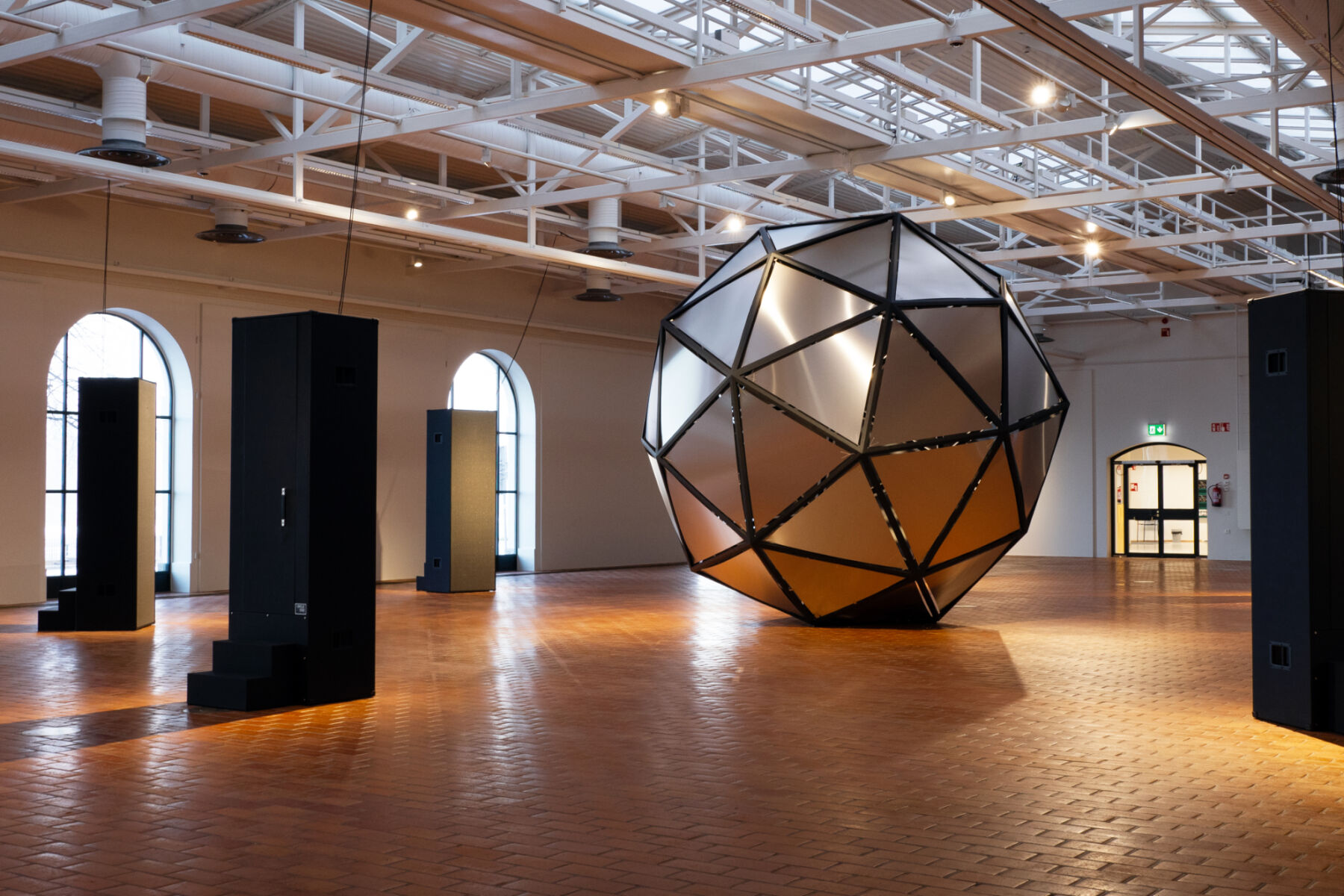
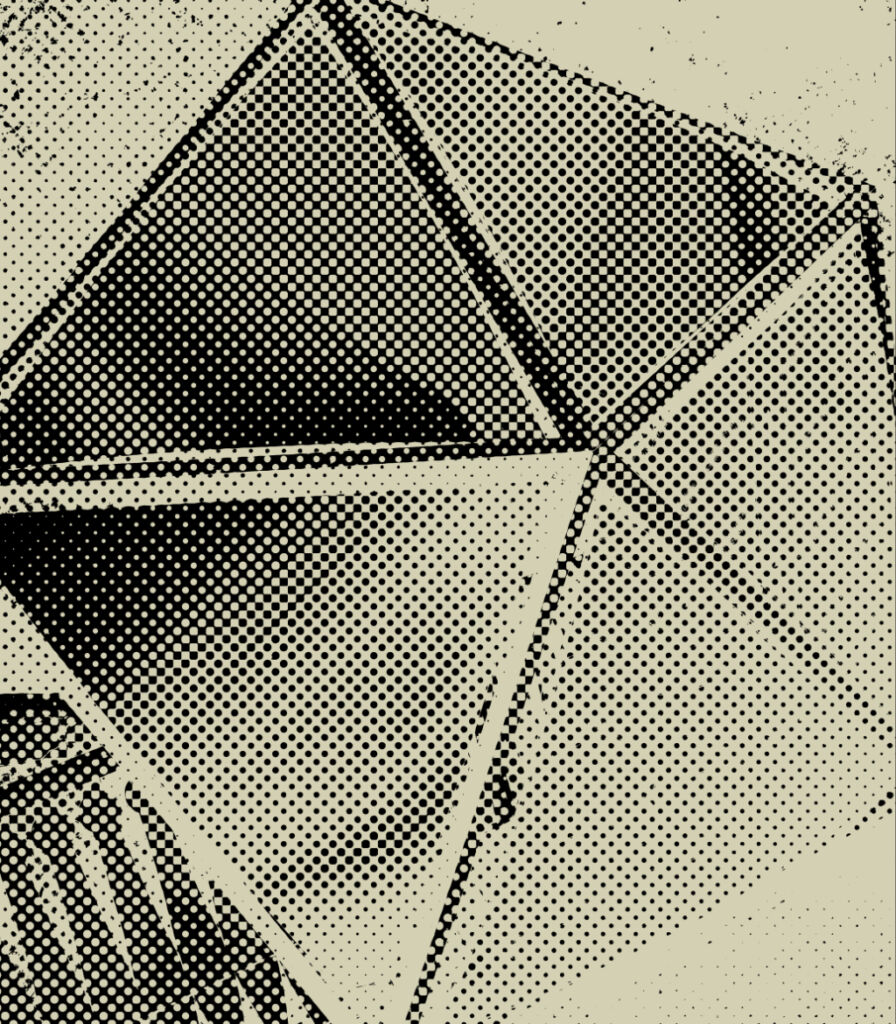
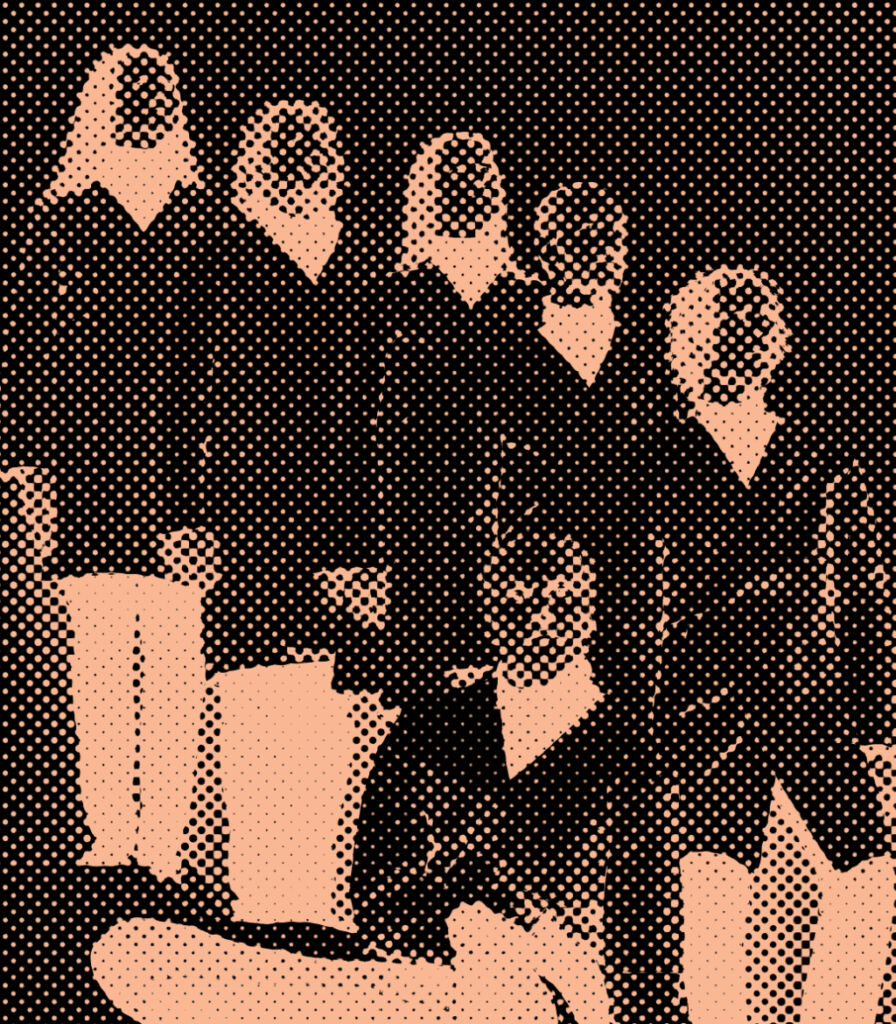
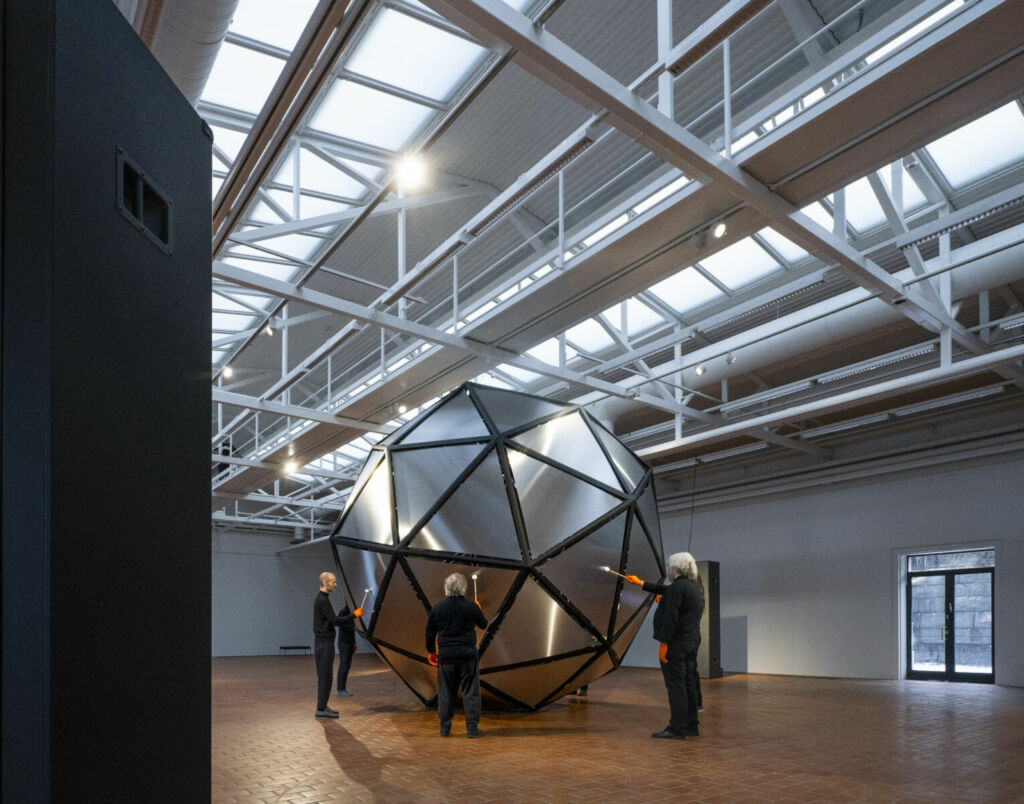
Circle has proven itself to be a shifting landscape. Between alternating band members and a genre-defying journey, you haven’t faltered in reinventing yourself continuously. For someone listening to your music for the first time, where would you recommend they begin?
Janne Westerlund: I would start chronologically, which means the first album, Meronia (1994), is my choice. I wasn’t in the group yet, their concerts just blew me away, and it rocked on a record as well. I jumped in roughly a year before we released Sunrise (2002), and by then, Jussi had already plotted his NWOFHM (New Wave of Finnish Heavy Metal) scheme, which meant we started to incorporate these rubber-boot heavy metal influences as well. I would also pick Forest, which is our ”forest folk” album, or that’s what we tried, and Rautatie (2010), which I find a very good and accessible album. However, there are so many recordings that perhaps the best advice is to select 4-5 albums randomly. Listening to those might give you a clearer picture than I could ever give.
You explore new styles with each release, such as krautrock, metal, minimalism, and psytrance in Frag-Mento or psychedelic elements in Terminal. What would you say remains your unchanging identity within this ever-changing journey?
Janne Westerlund: It’s just plain curiosity and love for music, and I hope it never vanishes. I think that in our discussions, the ideas and influences tend to accumulate rather than fight each other. So maybe our identity is that of a builder who uses all the material he can have, and one morning he wakes up wondering, “What’s that pyramid doing in his backyard?”
I couldn’t help but wonder about the cocktail of influences that must be the stems of your wide discography today. Could you share with us what you listen to or have listened to? Musical or otherwise?
Janne Westerlund: It would make no sense to list the bands and artists we’ve been inspired by or influenced by over the years; it would be a mile and a half long. I had a chat with Jussi, who is a living and breathing archive of experimental and obscure music, and he also pointed out that he’s inspired by cinematography as much as by music. So he mentioned Jean-Luc Godard, the actor Markku Peltola, Jon Mikl Thor and Hans Joachim Irmler in the same sentence. And we all share an interest in all kinds of art, whether it be architecture, literature, or any form of visual art.
You’ve resonated with the idea that You can see the future by looking back into the past far enough. How does this philosophy continue to influence your music and creative process? Does looking back still shape what comes next for Circle?
Janne Westerlund: If there’s a truly interesting piece of music or whatever form of art, it doesn’t matter when it was made. But you can ask and explore why it is so tempting. What was the creator of the work after? It’s a sort of dialogue. I find that looking into the past, whether it be decades or centuries ago, can give you very useful insights and guidance for your ongoing work. Nothing ever grows in a void, and yet nobody’s expecting you to be an obedient puppy, anyway — at least, if I’m thinking of the artists I respect.
Miljard stands out in your discography, it has a quieter and more introspective tone compared to the high-energy chaos of much of your other work. What was the creative approach for this release?
Janne Westerlund: If I remember correctly, it was Jussi who, at that time, was tossing around the idea of releasing a double-CD with only silence or the hiss of the microphones on it. At least something similar was the mindset when we started the session at his summer cottage. Do not play anything unless you really have to. Of course, we played a lot of notes and created a six-hour monster from which Mika Rättö and our then-sound engineer, Tuomas Laurila, edited out an album. The couple did an incredible job. I still find the album beautiful.
I’d love to know more about Terminal (2017). What inspired this psychedelic piece of art?
Janne Westerlund: When we entered the studio, we had played the songs that eventually formed Terminal on our gigs for a couple of years already. We were actually a tight-knit rock’n’roll group. None of the songs needed more than two or three takes, and the whole thing, except for final mixing, was wrapped up in two days. So, I guess the biggest inspiration for the album was the physicality of the shows, the smell of sweaty spandex and mouldy leather, and the impact of extremely loud volume.
You once said after the 2011 Supersonic show that the 2006 Circle performance would be ‘erased from your minds, like the losers’ versions of historiography in schoolbooks.’ Could you expand on that?
Janne Westerlund: I can’t view that show because it’s erased from my mind. Seriously speaking, we take big risks on each show, and they can be really bad and chaotic sometimes, but you just have to deal with it to have those really good ones. There must be a sense of adventure to get to that, I dare say, spiritual stage. The last cluster of gigs we did with Richard Dawson worked fantastically. It feels like he’s been in the band constantly.
Shifting to a more symbolic perspective, your theatrical performances embody a defiance of conventional norms, almost like a subtle mockery of society’s expectations, revealing what is ‘right’ or ‘wrong’ and how we should behave. Is your stage presence an intentional statement against conformity?
Janne Westerlund: If you think about it, our societies, and our economy too, are based on very fragile and questionable doctrines. What we do is not an assault against anything, but rather an attempt to simply say: what if there was another way? Like doing ballet moves while playing a doom riff. We’re not very good ballerinas yet, and getting worse by age, but we just try to keep on realising our whims.
Do these onstage performances ever influence your decisions in the studio?
Janne Westerlund: That defined most of Terminal. And of course, when you compose or record a song, you might think about how it would sound on stage. But it doesn’t have to be that way; it’s okay too to create a piece that’s unplayable because of some, let’s say, odd rhythmic layers or uncommon instruments. Some songs can be taken for the road, and some can stay at home, no problem.
The Piste exhibition features a striking pentakis dodecahedron sculpture, blending minimalist design with heavy metal influences. How does this piece reflect your themes and philosophy?
Janne Westerlund: The whole exhibition was based on a very simple notion, that a circle cannot exist without a centre point. We decided that the centre point of the world is in the main hall of the museum, and the installation was laid around it, to watch and guard the point in an orbicular formation. You can walk inside the circle and look at the elements, including the gigantic speakers and the dodecahedron, while being watched at the same time.
We wanted the exhibition to have an archaic and ritualistic feel to it, with a touch of banality and hilariousness too. Instead of deploying modern, digital technologies like video screening or fancy lights, we used archetypal and tangible materials such as wood, steel and cloth. It took a massive amount of physical work, but it didn’t feel bad or weird at all; it was like we were doing Circle again.
While assembling the installation, we weren’t sure if it would work at all, whether the structures would bear the weight of the metal plates, or if it would be dangerous for a spectator. We just had to do it and see how it went, and it turned out all right. In this regard, it was a typical process for us: you set a task, and you had no idea if it was going right or wrong, or if it was headed to the nearest coffee shop. Just test it and see what happens, then you’ll know, possibly.
What is your chief enemy of creativity?
Janne Westerlund: Cynicism.
You can’t live without…
Janne Westerlund: Friendship.

